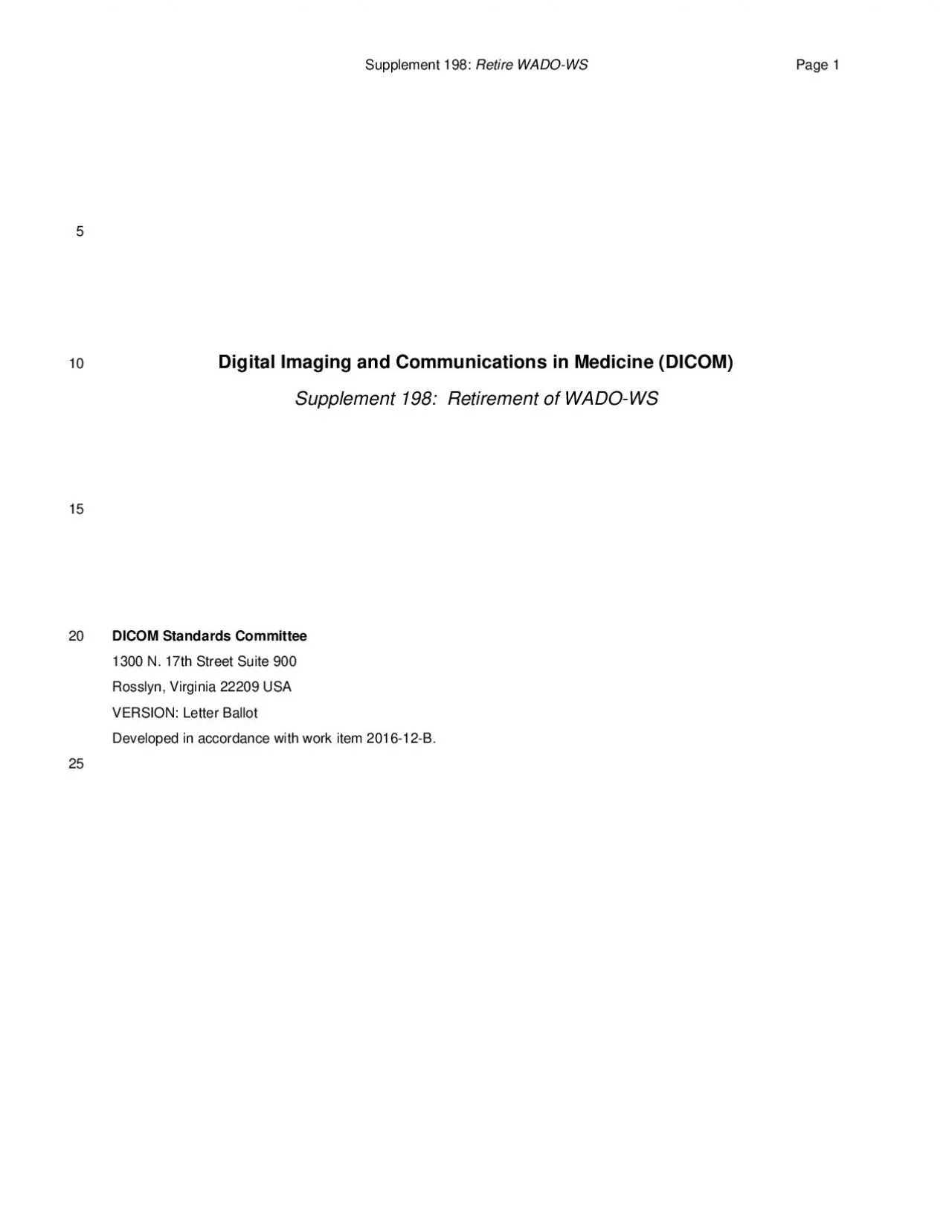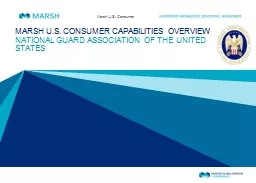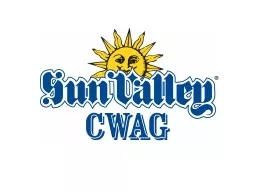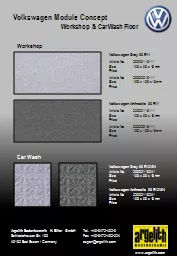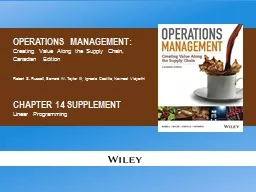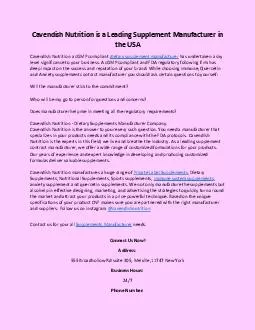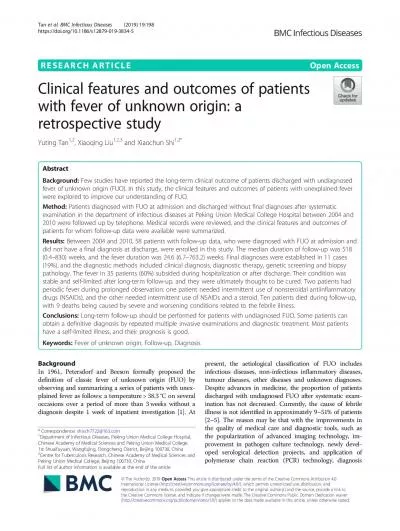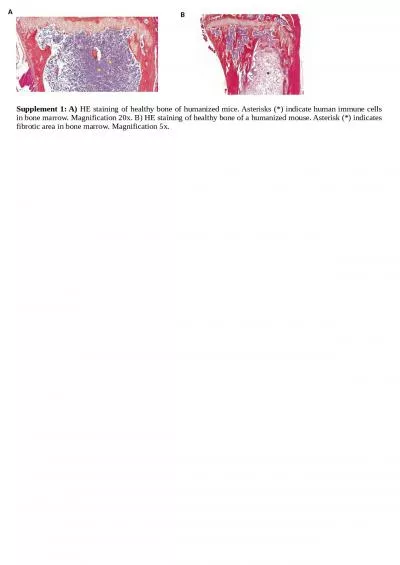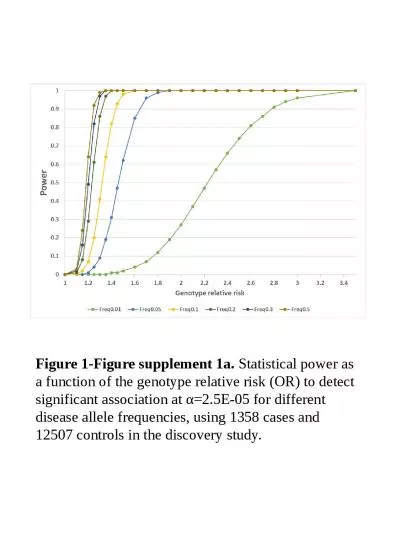PDF-Supplement 198:
Author : bery | Published Date : 2021-01-11
Retire WADO WS Page 1 5 Digital Imaging and Communications in Medicine DICOM 10 Supplement 198 Retire m e n t o f WADO WS 15 DICOM Stand ards Committee 20 1300
Presentation Embed Code
Download Presentation
Download Presentation The PPT/PDF document "Supplement 198:" is the property of its rightful owner. Permission is granted to download and print the materials on this website for personal, non-commercial use only, and to display it on your personal computer provided you do not modify the materials and that you retain all copyright notices contained in the materials. By downloading content from our website, you accept the terms of this agreement.
Supplement 198:: Transcript
Download Rules Of Document
"Supplement 198:"The content belongs to its owner. You may download and print it for personal use, without modification, and keep all copyright notices. By downloading, you agree to these terms.
Related Documents

